Your Guide to Plants That Actually Thrive on Neglect
I have to confess something. Early in my plant journey, I was a serial fern killer. I absolutely loved how delicate and airy they looked, but my apartment was basically a hot, dry desert. So, naturally, I tried to make up for it by watering them constantly. My good intentions turned their soil into a swamp, rotted their roots, and left me with a sad, green mush. It was a tough lesson, but an essential one: I was loving my plants to death.
In this article
That experience taught me the single most important rule of plant care: you have to understand a plant’s personality, not just follow a rigid schedule. Honestly, many of the toughest and most stunning houseplants don’t want you hovering over them. They’re built for a bit of what I like to call “benign neglect.” They come from places where water is a luxury, and their whole existence is designed around survival. Learning to care for them isn’t about being lazy; it’s about being observant.
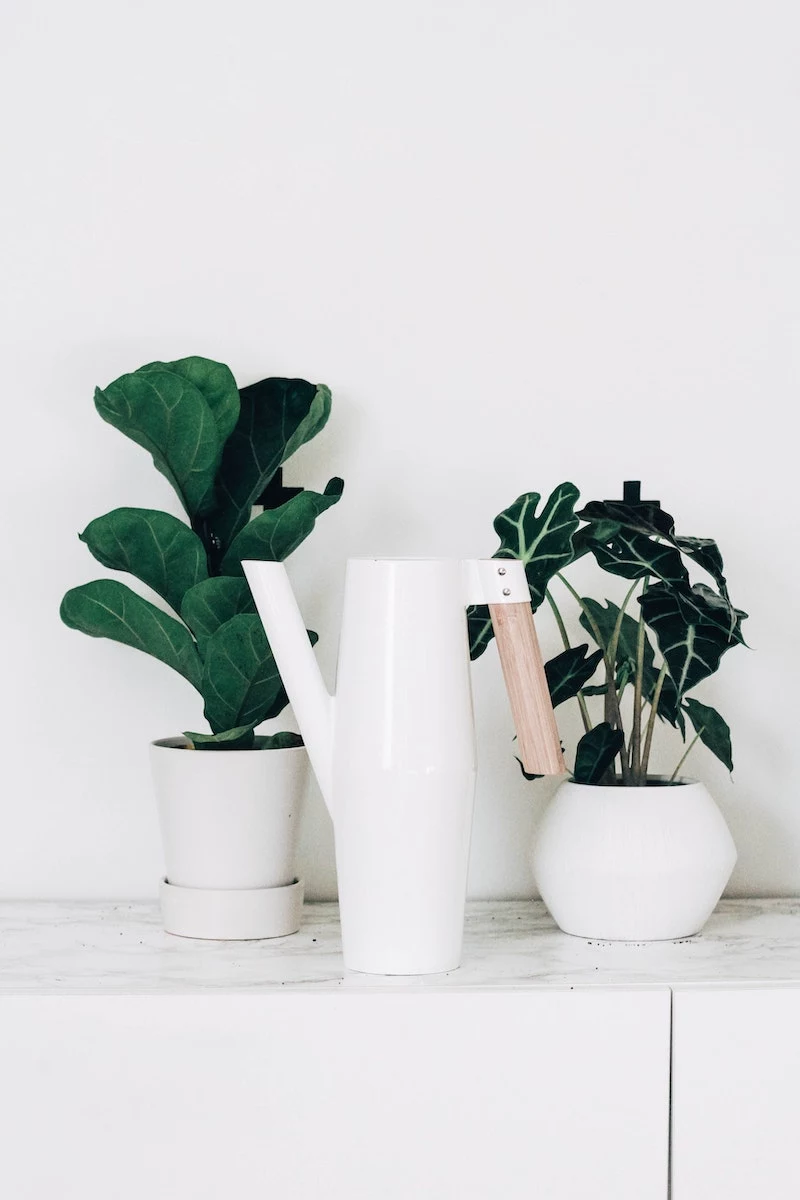
So, this isn’t just another list of hard-to-kill plants. We’re going to dig into why they’re so resilient. By the end, you’ll have the confidence that comes from really knowing your stuff, not just guessing.
Your Beginner’s Shopping List
Before you dive in, getting set up is half the battle. It’s actually pretty simple and affordable. Here’s what you’ll need to get started on the right foot:
- A Plant: Pick one from the list below! You can find small ones for as little as $10-$15 at places like Home Depot, Lowe’s, or your local nursery.
- A Pot WITH a Drainage Hole: This is non-negotiable. A 6-inch terracotta pot usually costs less than $5 and is a fantastic choice for beginners.
- The Right Soil Mix: You can buy a pre-made succulent mix, or follow my simple recipe below. The ingredients are cheap and will make enough for several plants.
- A Wooden Skewer or Chopstick: Seriously. It’s the best tool for checking soil moisture, and you probably already have one.
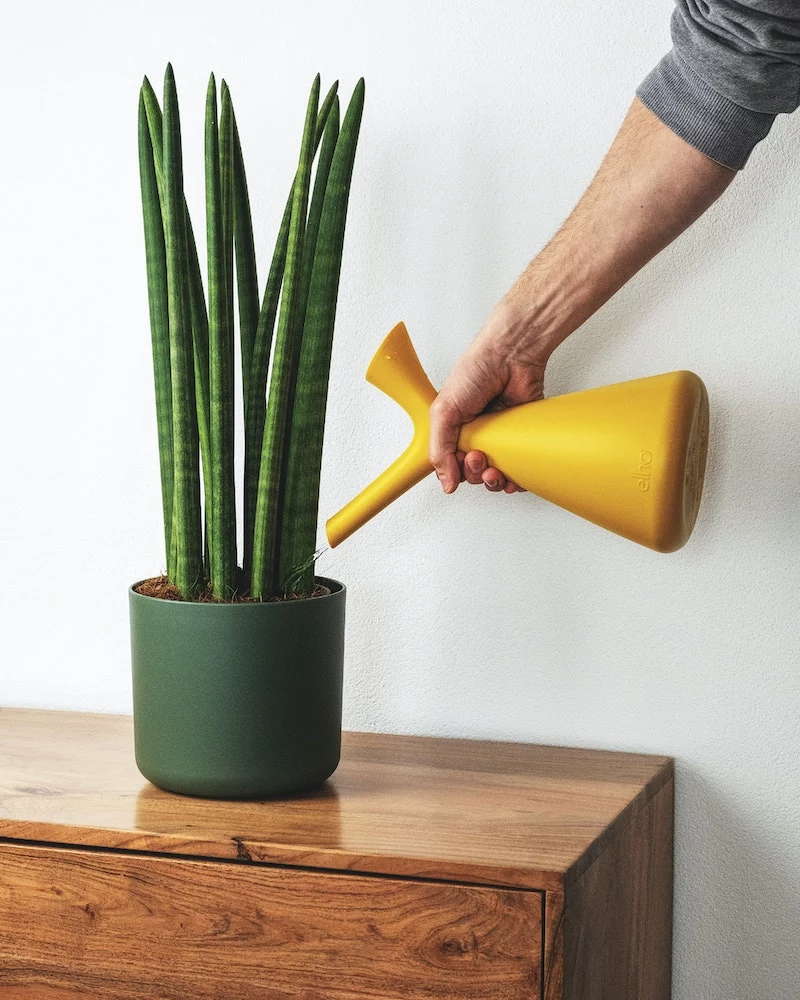
The Science Behind a Low-Thirst Plant
To really succeed with these plants, you need to appreciate just how clever they are. “Drought-tolerant” isn’t just a buzzword; it’s a description of some seriously cool biological tools.
Many of these plants are succulents, which means they have fleshy parts—leaves, stems, or roots—that are designed to store water. Think about an Aloe vera leaf. When you snap it, it’s full of that thick, water-rich gel. That’s its personal canteen, letting it survive for weeks on end without a drop of rain. Other plants, like the ZZ plant, are a bit sneakier. They store water in round, potato-like tubers under the soil called rhizomes. These are little survival packs, which is why a ZZ can lose all its leaves in a drought and still bounce back later.
Oh yeah, and here’s a cool fact that’s a real lightbulb moment for most people. Most plants “breathe” during the day, opening tiny pores (stomata) on their leaves to take in CO2. But when they do, they lose a lot of water. Desert plants have a brilliant workaround. They keep their pores shut tight during the hot day. Then, at night when it’s cooler, they open up to grab all the CO2 they need, storing it to use for photosynthesis once the sun is up. This simple flip-flop in their schedule drastically cuts down on water loss.
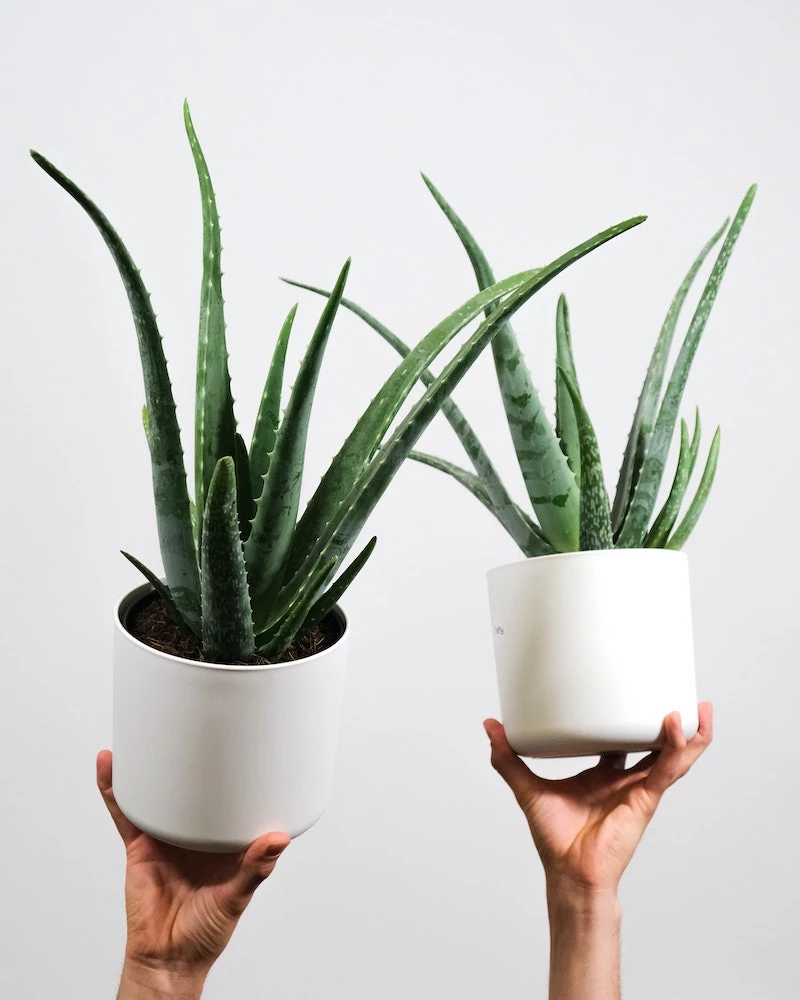
The #1 Mistake: Suffocating Your Plant’s Roots
The foundation for a happy, low-water plant isn’t fertilizer or a fancy pot. It’s the soil. These guys are used to sandy, gritty environments with amazing drainage. Using a standard, dense potting soil is like asking them to live with wet socks on forever. It’s a death sentence.
When soil gets waterlogged, there’s no room for air. And plant roots need to breathe oxygen, just like us. Without it, they suffocate and start to rot. The worst part? The symptoms of overwatering—like yellowing, wilting leaves—often make a plant look thirsty, tricking you into watering it even more. It’s a vicious cycle.
Quick Tip: Think you might have overwatered? Gently slide the plant out of its pot and take a look. Healthy roots are firm and white or light tan. If you see brown, mushy, or slimy roots that smell a bit funky, that’s root rot. Don’t panic! Just trim off all the mushy bits with clean scissors and repot the plant in fresh, mostly dry soil. Then, leave it alone for a while.
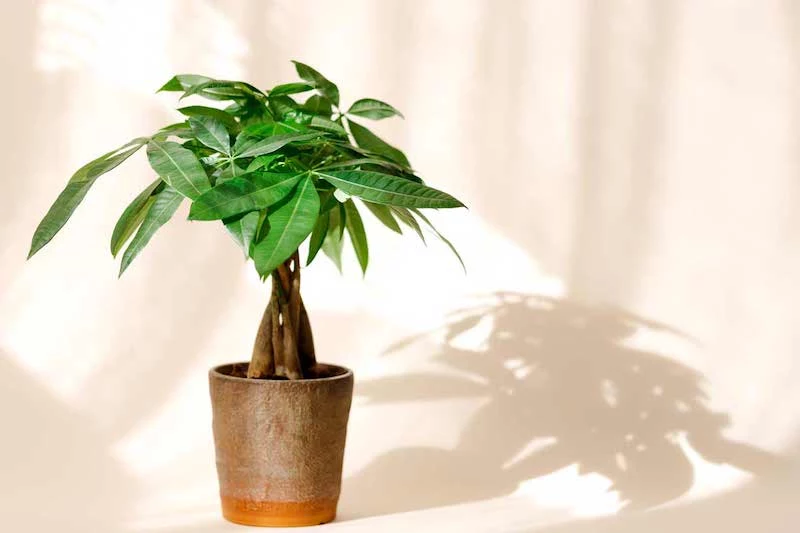
Watering: The ‘Drench and Dry’ Method
Please, throw away your watering schedule. The best way to water these plants is a simple technique called “drench and dry.”
- Check if it’s Dry: Never water until the soil is almost completely dry. The easiest way is to stick your finger two inches deep into the soil. If you feel any moisture at all, wait. For bigger pots, that wooden chopstick is your best friend. Push it to the bottom, leave it for a minute, and pull it out. If it comes out clean and dry, it’s time.
- Drench It: When it’s time, be generous. Take the plant to a sink or tub and water the soil until it streams out of the drainage hole. This makes sure every root gets a drink and flushes out any built-up mineral salts.
- Let it Drain: This is the most important part. Let the pot sit for 15-20 minutes so all the excess water can escape. Never, EVER let a plant sit in a saucer full of water.
How often will you do this? It completely depends! A snake plant in a terracotta pot might only need this every 4-6 weeks. A Pothos in a plastic pot might need it every 2 weeks. The key is to check, not to guess.
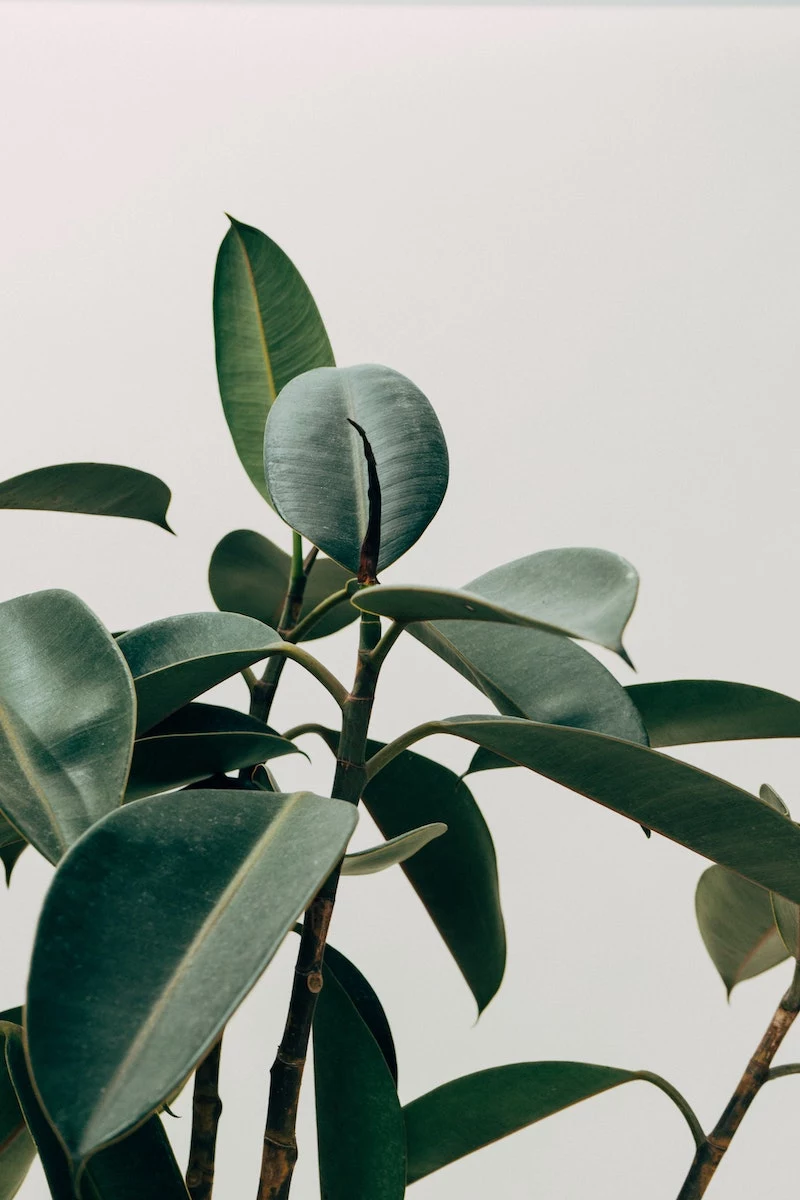
Choosing the Right Pot and Making the Perfect Soil
A pot without a drainage hole is not a planter; it’s a bathtub, and you’ll drown your plant. If you find a decorative pot you love that doesn’t have a hole, just use it as a cover pot. Keep your plant in its cheap plastic nursery pot and pop it inside the pretty one.
As for soil, you can buy bags of cactus/succulent mix, but I find they’re often still too heavy. I’ve been using this dead-simple recipe for years. It’s perfect.
My Go-To Gritty Soil Mix:
- 2 parts standard potting mix: This is your base for nutrients.
- 1 part perlite: Those little white crunchy things. They create air pockets for happy roots. You can get a huge bag at any garden center for about $5-$10.
- 1 part coarse sand or poultry grit: DO NOT use play sand. You want coarse horticultural sand or small chicken grit (yep, from a feed store—a big bag is super cheap!). This is key for drainage.
Just mix it all up in a bucket. It should feel light and crumbly, not like heavy mud.
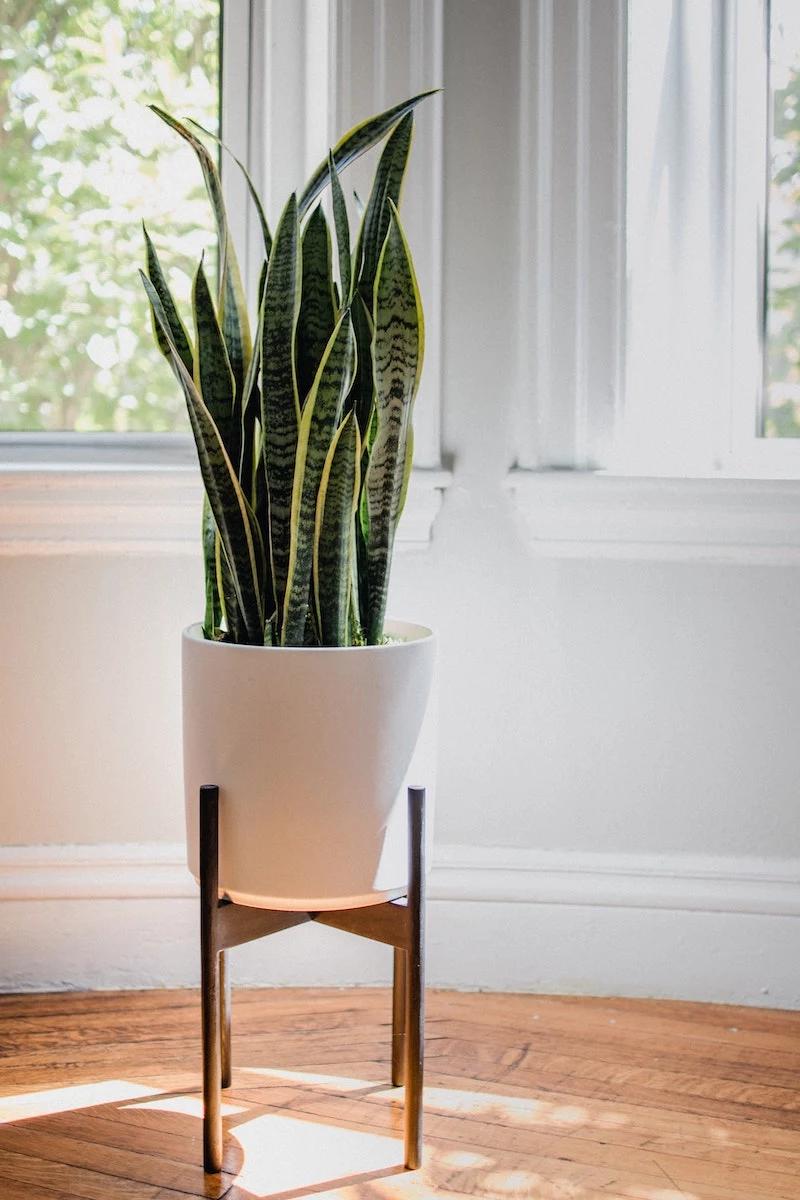
A Pro’s Pick of Low-Water Houseplants
Okay, let’s talk plants. Here are some of the most reliable and stylish ones I’ve worked with. I’ve included some quick care notes to make it easy.
1. The Snake Plant
This plant is a legend for a reason. Its sharp, architectural leaves fit in anywhere, from a modern loft to a cozy den. A small one will set you back about $15-$25. The only reliable way to kill it is by overwatering. Seriously, when in doubt, just don’t water it.
- Light: Prefers bright, indirect light but will put up with very low light like a champ.
- Water: Let the soil dry out completely. This might be every 4-6 weeks or even less in winter.
- Heads Up: Mildly toxic if chewed, so keep it away from nibbling pets and kids.
2. The ZZ Plant
Another champion of neglect, the ZZ’s waxy leaves are so perfect they almost look fake. It’s a fantastic low-light plant, perfect for that dim corner in your office. Expect to pay around $20-$40 for a decent-sized one. Its secret is the water-storing rhizomes under the soil.
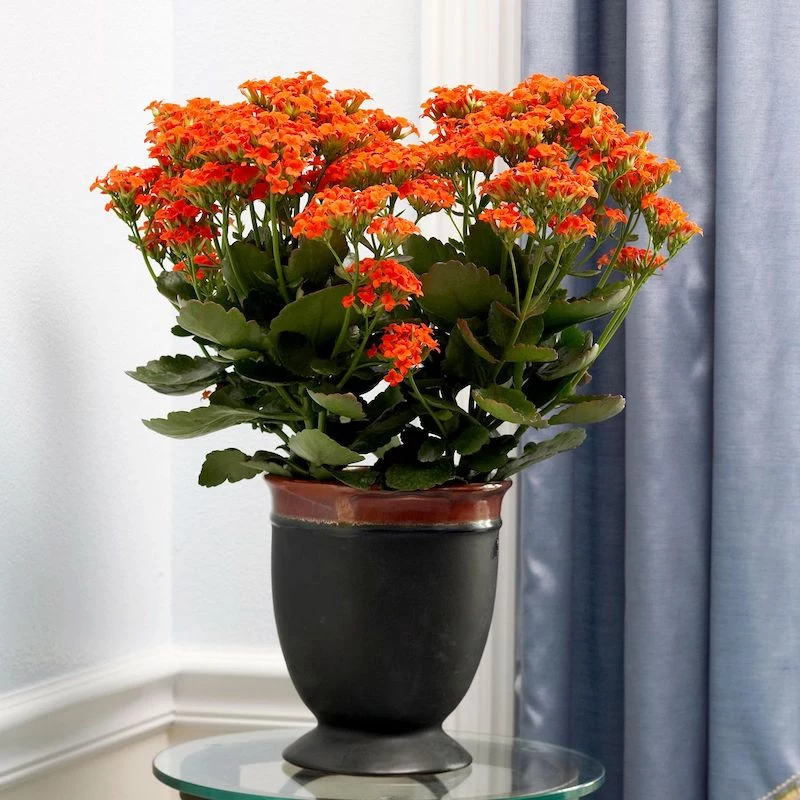
- Light: Happy in low to bright indirect light. Keep it out of direct sun, which can scorch its leaves.
- Water: Very sensitive to overwatering. Water deeply only when the soil is bone dry, maybe every 3-4 weeks.
- Heads Up! All parts of this plant are toxic to ingest due to calcium oxalate crystals. Keep away from pets and children, and wash your hands after handling.
3. Aloe Vera
Beyond its famous medicinal gel, Aloe is just a great, communicative houseplant. It practically tells you when it’s thirsty. When the leaves are plump, it’s full. When they start to look a little thin or concave, it’s time for a drink. You can find them for as little as $5-$10.
- Light: It needs bright light, and some direct sun is okay. Without enough light, it will get stretched out and sad.
- Water: Use the drench and dry method when the soil is completely dry and the leaves look a bit deflated.
- Heads Up: Best to admire this one for its looks. While the inner gel is famous, the outer leaf skin contains a latex that can be a stomach irritant.
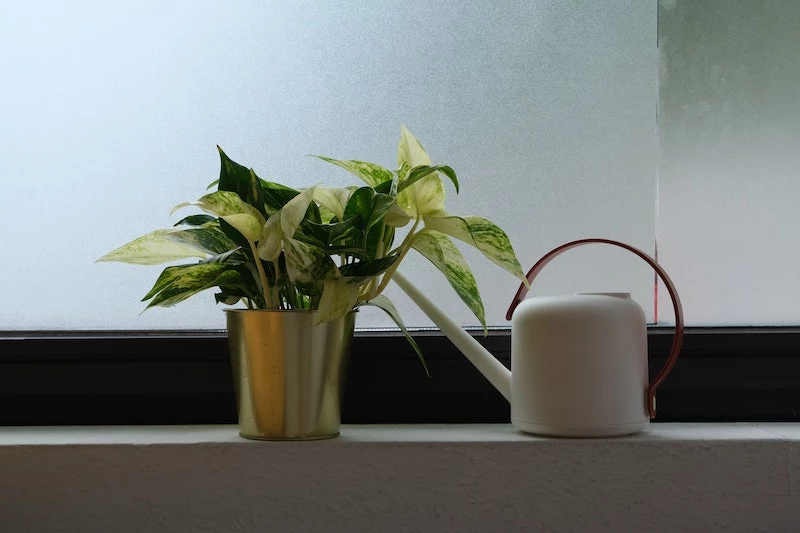
4. Pothos (or Devil’s Ivy)
Pothos isn’t a succulent, but it’s incredibly forgiving, which is why it makes this list. I call it the ultimate beginner’s plant because it’s so dramatic. When it’s thirsty, its leaves will visibly droop. Don’t panic! A good watering will have it perked back up in a few hours. It’s a great confidence builder and usually costs $10-$20.
- Light: Super versatile. It can handle anything from low light to bright, indirect light.
- Water: Wait for the leaves to look a little soft or droopy, then give it a good drench. Usually every 1-2 weeks.
- Heads Up: Like the others, it’s toxic if eaten, so be mindful with pets. Also, if you live somewhere tropical like Florida, never discard cuttings outside as it can become invasive.
5. The Rubber Fig
With its big, moody leaves, the Rubber Fig looks like a diva, but it’s surprisingly tough. It handles drying out between waterings quite well thanks to its thick, waxy leaves. To get a fuller, bushier plant, you can prune the top, which encourages new branches to grow. A small tree can run you $25-$50.
- Light: Needs bright, indirect light to thrive and maintain its color.
- Water: Water thoroughly when the top two inches of soil are dry.
- Heads Up: When cut, it oozes a milky white sap that can be a skin irritant. I learned that the hard way. It’s a good idea to wear gloves when you’re pruning this one.
6. The Money Tree
Okay, here’s one that requires a little more nuance. It’s often sold as a low-water plant, but it’s actually a tropical tree. The trick is that while it doesn’t want to be bone-dry like a cactus, it absolutely detests sitting in soggy soil. This is the common thread that links it to the others—it needs a chance for its roots to breathe.
- Light: It loves consistent, bright, indirect light. Rotating it every so often helps it grow evenly.
- Water: This is the key. Water it deeply, and then wait for the top 2-4 inches of soil to dry out before watering again. It wants a more regular drink than a Snake Plant, but soggy soil will lead to root rot in a heartbeat.
- Heads Up: The braided trunk is a signature look, but check the base for tight bands or ties, which can strangle the plant as it grows. It’s also considered non-toxic, making it a safer bet for homes with curious pets.
The Takeaway: Observe More, Water Less
If you remember one thing from all this, let it be this: become a plant observer, not just a plant owner. Your plants will tell you exactly what they need if you learn to speak their language. Get your hands dirty, don’t be afraid to peek at the roots, and trust that less is often more. You’ve got this.
Inspirational Gallery
Create a ‘survivor’s corner’ with plants that share the same hands-off attitude. The stark, vertical lines of a Snake Plant look incredible next to the cascading pearls of a String of Pearls. Try these pairings for a low-fuss, high-style vignette:
- Zamioculcas zamiifolia (ZZ Plant) with a trailing Epipremnum aureum (Pothos).
- A collection of small cacti and succulents in varied terracotta pots.
- Sansevieria cylindrica with a soft, round Ponytail Palm.
Over 90% of houseplant deaths are due to overwatering, often caused by dense, water-logged soil.
That’s why adding grit to your potting mix is a game-changer. Perlite, the little white volcanic glass
There’s a quiet joy in walking past a plant you haven’t touched in two weeks, only to see it looking greener and more vibrant than ever. It’s not about being a lazy plant parent; it’s about being an observant one. This hands-off approach fosters a calm, confident connection with your green companions, turning your home into a sanctuary of effortless life.
Going away for a long weekend and still worried?
Even the toughest plants appreciate a little backup. Create a simple wick system: find a cotton string or shoelace and push one end a few inches into the plant’s soil, near the roots. Place the other end in a jar of water positioned slightly lower than the plant pot. The plant will slowly draw water up the wick only as the soil dries out. It’s a foolproof, set-it-and-forget-it vacation solution.
The ZZ Plant (Zamioculcas zamiifolia) is native to the arid grasslands and dry forests of Eastern Africa, where it endures months of drought by storing water in its fleshy, underground rhizomes.
Propagating a Cutting: Taking a leaf or stem cutting from a friend’s plant is free! It’s a slower, more rewarding process where you get to watch a new plant grow from scratch.
Buying a Small Plant: A 4-inch starter plant from a nursery or store like The Sill offers instant gratification. It’s already established, so the risk of failure is lower for a true beginner.
For the ultimate budget-friendly journey, start with propagation; for a quick win, buy small.
- Yellowing, droopy leaves.
- Stunted, slow growth.
- A general look of sadness, even when your watering is perfect.
The culprit? Often, it’s not water, but light. Many ‘low-light’ tolerant plants, like the Snake Plant, don’t truly love the dark. They just *tolerate* it. For them to thrive, they need bright, indirect sunlight. ‘Low-light’ means no direct sunbeams, not no light at all!
The Sansevieria ‘Moonshine’ is having a major moment, and for good reason. Its ethereal, silvery-green leaves offer a modern, minimalist alternative to the classic dark green snake plant. It’s just as indestructible and drought-tolerant, but its pale, matte foliage catches the light beautifully, making it a living sculpture. It’s the perfect statement plant for anyone wanting an on-trend look without any of the high-maintenance drama.
- Roots are creeping out of the drainage hole.
- The soil dries out much faster than it used to.
- Water runs straight through without seeming to saturate the soil.
- You can see a dense web of roots when you gently lift the plant out of its pot.
If you spot these signs, it’s time to repot! Even a low-maintenance plant needs a bigger home to thrive, usually every 18-24 months.










